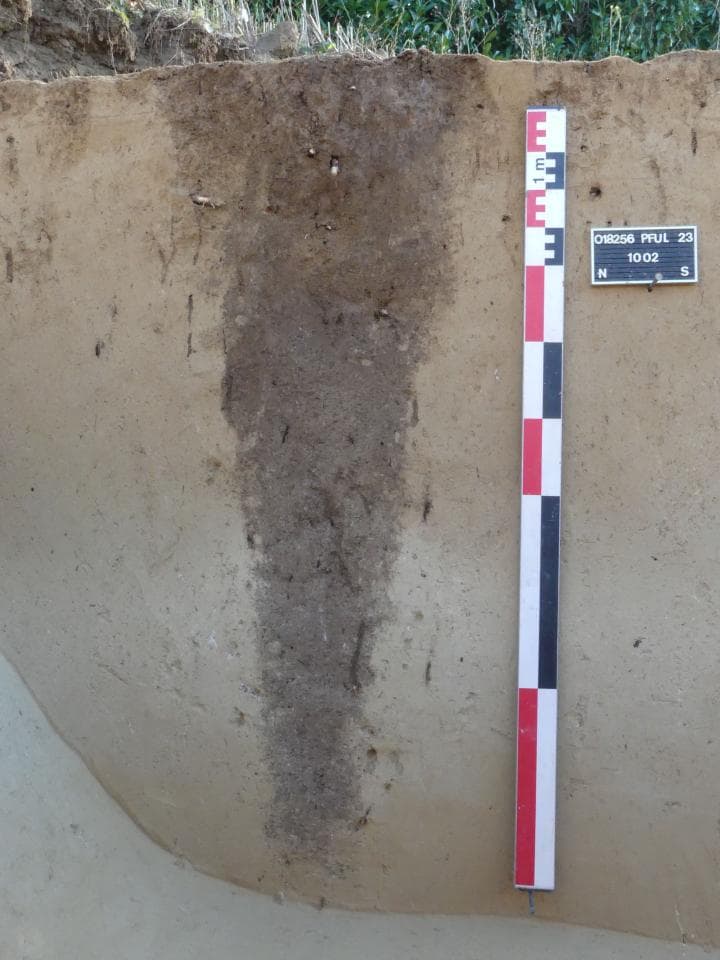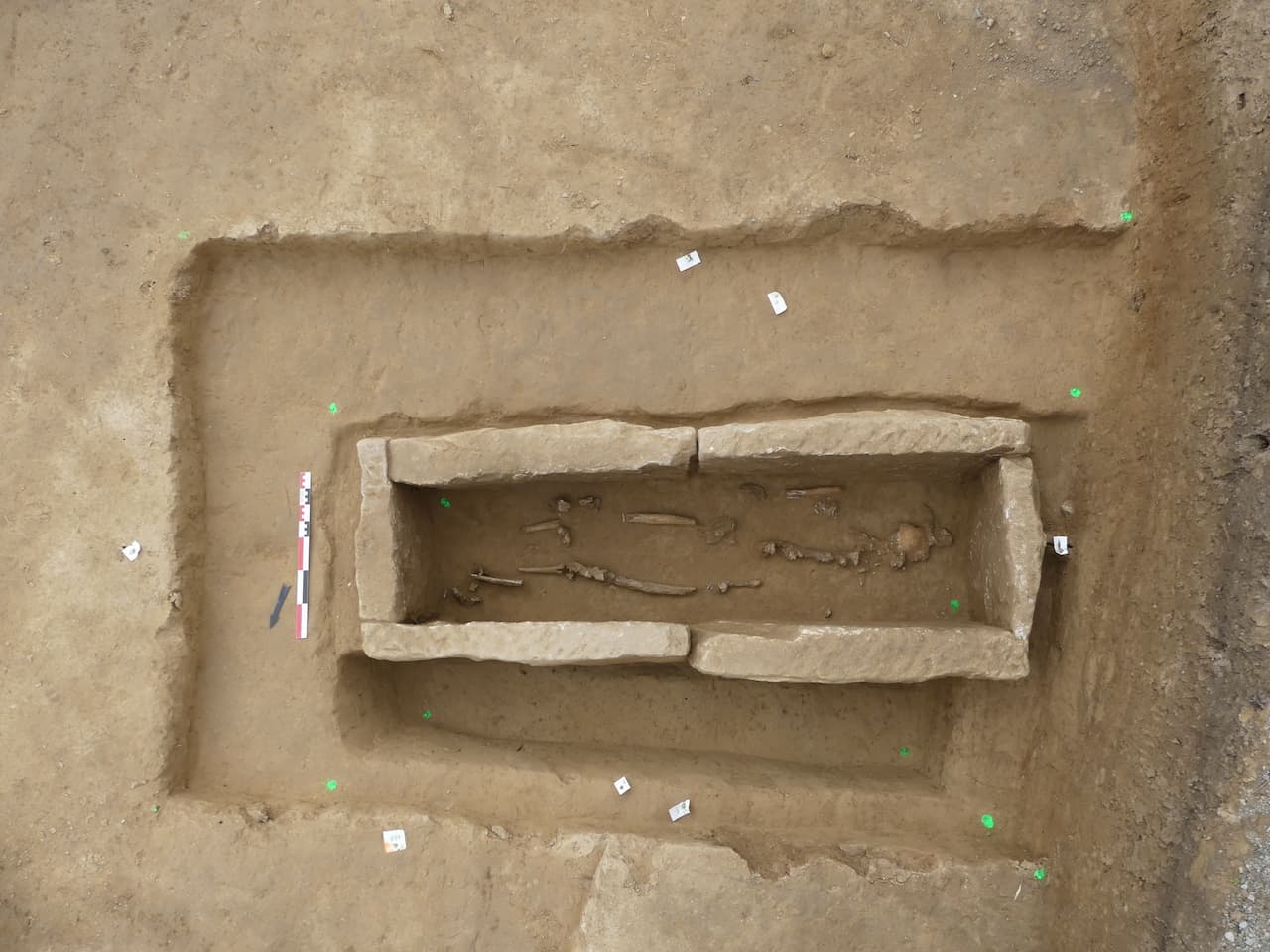Located in northeastern France, in the Alsace region, the Pfulgriesheim site has been the subject of extensive archaeological research prior to being developed for a new urban area. This excavation, covering 5.5 hectares, has revealed a fascinating overlap of structures and remains dating from the Late Neolithic to the Early Middle Ages.
Through these explorations, it has been possible to weave together the history of human occupation in this area, providing valuable insights into the ancient inhabitants and their ways of life over several millennia.
One of the most significant findings in Pfulgriesheim dates to the Late Neolithic. During this phase, evidence showed the existence of a complex storage system, composed of large silos dug into the loess soil. These structures, designed to store food and other resources, were found in a good state of preservation, with some of them dug to a depth of up to 2 meters.

The silos were organized in groups, spaced a few meters apart, and although no remains of associated buildings were found, the presence of large amounts of burnt adobe in some of these silos suggests the existence of nearby constructions.
In relation to the funerary practices of the time, several of these silos contained burials, consistent with the custom of burials in circular pits, common in the region during the Neolithic. The study of the pottery and future datings will help refine the chronology of these burials and determine if they belong to the same period, shedding light on how these human groups occupied and managed their territory.
Another intriguing discovery at the site is the presence of around 60 elongated structures or “clefts”, which have attracted much interest among archaeologists. These structures have a very narrow profile, in the shape of a V, U, or Y, and have been identified as possible traps or installations related to hunting activity, although their exact function remains a subject of debate.

Precise dating of these “clefts” through carbon-14 analysis will be key to determining their age and function, as there has not yet been enough archaeological material found to do so with certainty. However, the main hypothesis suggests that these structures may be related to hunting, based on comparisons with similar findings in other regions of eastern France.
The excavation has also identified two small Iron Age settlements, specifically from the La Tène period. The first settlement, dated to the early phase of La Tène (480-280 B.C.), consists of several silos and a square-shaped sunken building, a fairly common typology for that period.
The second settlement, belonging to the late phase of La Tène (150-25 B.C.), was surrounded by an enclosure, of which three sides have been partially preserved. This settlement appears to be a small rural establishment, probably part of a larger territorial system controlled by nearby farms.

The presence of three circular funerary enclosures from the 7th century A.D. offers a glimpse into the Early Middle Ages. These monuments, about 15 meters in diameter, consisted of shallow ditches surrounding tumuli of varying sizes. Two of these enclosures were adjacent and formed a single funerary complex. Each contained a central grave protected by a cover of stone slabs.
In one of these graves, the skeleton of a deceased individual was found buried with a spur on the left foot, suggesting the importance or social status of the individual. The third enclosure did not contain visible human remains, but it is likely that the burial was constructed within the tumulus.
A significant portion of the structures discovered in Pfulgriesheim corresponds to modern agriculture, particularly facilities related to hop and vineyard production, dated to the 20th century. Although these structures are not as ancient as the other findings, they provide a window into the region’s recent agricultural landscape, which has left few traces in historical records. Aerial photographs will help archaeologists more accurately date these structures and integrate them into the context of local agricultural history.
Discover more from LBV Magazine English Edition
Subscribe to get the latest posts sent to your email.




















